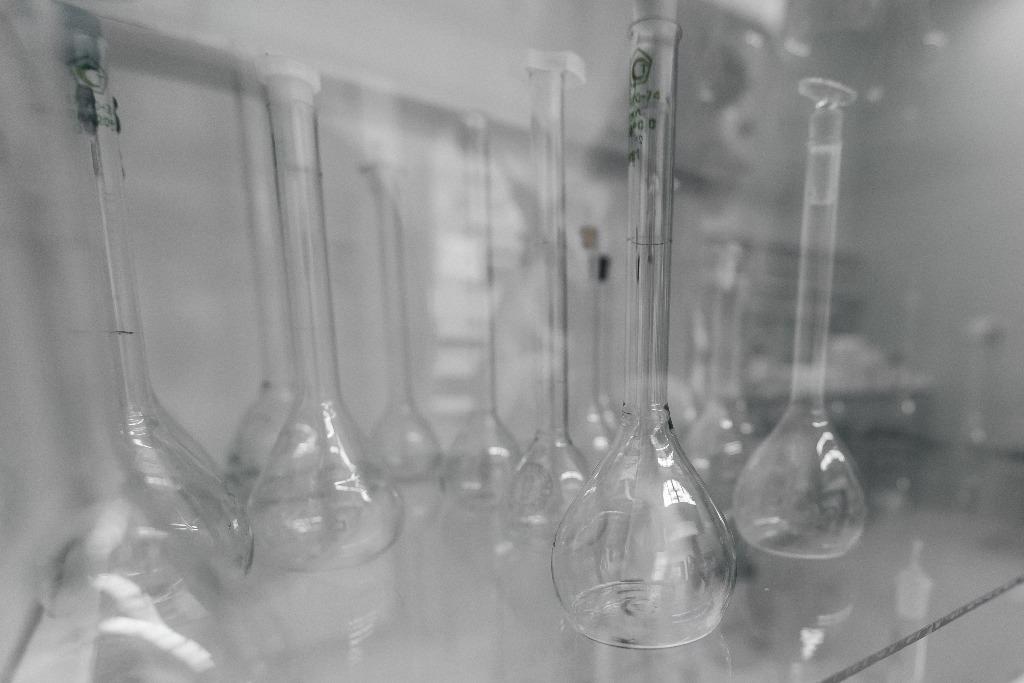Feb 16 2021
Scientists from Tomsk Polytechnic University (TPU) and their collaborators from Russian and foreign scientific centers have identified a new technique to predict the temperature of a chemical reaction stimulated by pseudo-particles—plasmons.

Image Credit: Tomsk Polytechnic University.
Two organic molecules were used as ultra-small sensors or thermometers. The researchers report that the experiments are of immense fundamental significance: apart from the mere fact of assessing the temperature by using molecules, they could show that properties of plasmon that acts as a catalyst of chemical reactions rely not just on thermal effects.
The study findings have been published in Chemical Science journal.
Plasmon is a pseudo-particle representing a blend of vibrating electrons and a related electromagnetic field. Plasmons arise from nanoscale solid-state bodies close to their surface. If they are used as chemical catalysts, it is feasible to perform transformations at ambient temperature under the action of sunlight.
That is, if the reaction normally proceeds, for example, at 100°C, then using the plasmon energy allows it to be carried out at a room temperature. This is both more cost-effective and environmentally friendly.
Pavel Postnikov, Associate Professor, Research School of Chemistry and Applied Biomedical Sciences, Tomsk Polytechnic University
“But why does plasmon trigger chemical reactions? How does it promote them? These apparently simple questions provoke heated discussions in the scientific community; there is no an unambiguous answer to them, and the catalytic nature of plasmon is not clear. We are trying to find answers,” added Postnikov.
“The results published by our research team in the Chemical Science journal have become a big commitment,” stated Postnikov, who is one of the contributors to the paper.
Major theories propose that plasmons serve as catalysts because of their thermal effects, or by contrast, their function is not at all associated with temperature. A metal nanoparticle serves as a small nanoboiler in the first instance. It heats molecules locally for a short time; however, this heating cannot be monitored using standard techniques as it is just invisible.
Some researchers agree that a combination of different effects plays a key role. Our team is among them. In the course of our previous work, we have already questioned a pivotal role of heating. Besides, we needed a way to measure the reaction temperature in the vicinity of a single molecule to understand whether there was a temperature build-up or not.
Pavel Postnikov, Associate Professor, Research School of Chemistry and Applied Biomedical Sciences, Tomsk Polytechnic University
“Researchers previously used physical methods, but we first proposed the use of specific molecules—alkoxyamines—as sensors or thermometers. The experiment was carried out using a well-studied reaction of their homolysis. This represents a bond breaking reaction; in this case, two particles—radicals—are obtained from the alkoxyamine molecule,” the scientist added.
The researchers performed the experiment by chemically 'tying' molecules of alkoxyamines with different chemical structures to gold nanoparticles. The nanoparticles were then irradiated using a laser to 'trigger' the action of plasmons (they are produced under the action of light), and thus the reaction of breaking bonds inside alkoxyamine molecules.
Two molecules were found to get disintegrated at different rates, and the local temperature was estimated from the reaction rate. The temperature of one molecule was 96°C, and it was 118°C for the other molecule.
What does this temperature difference tell us? Since the molecules of alkoxyamines are different in structure, they should react differently without heating, and when heated—at the same rate. That is, if the plasmon worked only as a boiler, and the only point of its work was to heat the molecule, then the reaction temperature would be the same.
Pavel Postnikov, Associate Professor, Research School of Chemistry and Applied Biomedical Sciences, Tomsk Polytechnic University
“Nevertheless, it is different, so it means that the plasmon does something else to speed up the reaction. What exactly—we’ll have to find out. It is a serious key question, the answer to which will make it possible to understand the mechanism of plasmon operation better and then to predict and control the process. Whereas, it will become a fundamental basis for developing new methods and obtaining materials,” Postnikov explained.
Researchers from Aix-Marseille University (France), the University of Chemistry and Technology, Prague (Czech Republic), and N.D. Zelinsky Institute of Organic Chemistry Russian Academy of Sciences contributed to the study. The study was funded by a grant from the TPU Competitiveness Enhancement Program.
Journal Reference:
Guselnikova, O., et al. (2020) Establishing plasmon contribution to chemical reactions: alkoxyamines as a thermal probe. Chemical Science. doi.org/10.1039/D0SC06470J.